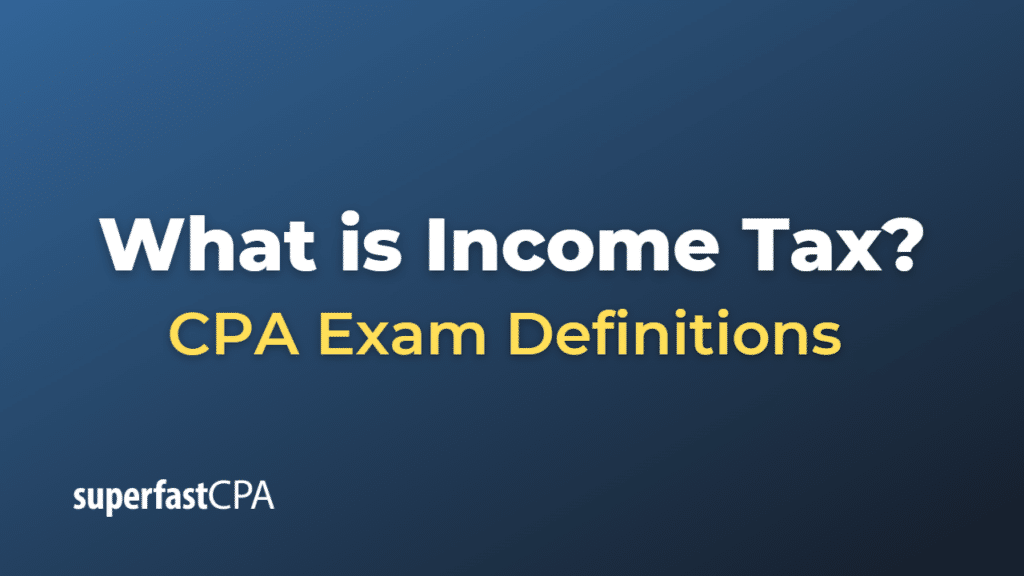Income Tax
Income tax is a type of tax that governments impose on individuals and businesses based on their earnings or profits. The term “income” for tax purposes generally includes money, goods, services, and property received during a given period.
There are several types of income that can be taxed, including but not limited to:
- Earned income: This includes wages, salaries, bonuses, commissions, tips, and net earnings from self-employment.
- Investment income: This includes interest, dividends, and capital gains realized on the sale of stocks, bonds, and other investments.
- Passive income: This includes rental income, certain types of business income, and income from certain types of partnerships.
Income tax systems generally fall into two categories:
- Progressive tax: In this system, the tax rate increases as the taxable amount increases. The U.S. federal income tax is an example of a progressive tax.
- Flat tax: In this system, the same tax rate applies to all taxpayers, regardless of income. Some U.S. states and certain countries use a flat tax rate.
To determine income tax, taxable income is first calculated by subtracting allowable deductions, exemptions, and credits from gross income. The resulting taxable income is then used to calculate the tax based on the relevant tax rate(s).
The rules surrounding income tax are complex and vary by country and often by state or region within a country. Tax laws also change frequently, so it’s important to stay updated or consult with a tax professional to ensure compliance.
Example of Income Tax
Let’s consider a simplified example of how income tax might be calculated for an individual in the United States. Please note that tax laws are complex and can change year to year, so actual tax computations can be much more complex. This is just to provide a basic understanding.
Suppose Jane, a single individual with no dependents, has the following financial information for the tax year 2023:
- Salary: $75,000
- Interest income from savings: $500
- Deductions: $12,000 (standard deduction)
Assuming the tax rates for the year 2023 for a single filer are as follows (again, these are hypothetical rates for the purpose of this example):
- 10% on income up to $9,950
- 12% on income over $9,950 but not over $40,525
- 22% on income over $40,525 but not over $86,375
- 24% on income over $86,375 but not over $164,925
Jane’s taxable income would be calculated as follows:
- Total Income = Salary + Interest income = $75,000 + $500 = $75,500
- Taxable income = Total income – Deductions = $75,500 – $12,000 = $63,500
Now, we apply the tax rates:
- Tax on first $9,950 = $9,950 * 10% = $995
- Tax on income between $9,950 and $40,525 = ($40,525 – $9,950) * 12% = $3,669
- Tax on income between $40,525 and $63,500 = ($63,500 – $40,525) * 22% = $5,055
So, the total tax Jane owes for the year would be the sum of these amounts: $995 + $3,669 + $5,055 = $9,719
Again, this is a very simplified example and does not take into account many factors that could affect Jane’s actual tax liability, such as credits she might be eligible for, additional types of income, or other deductions. The tax rates and brackets used in this example are also hypothetical. In reality, one should consult with a tax professional or use accurate tax software to calculate tax liability.













